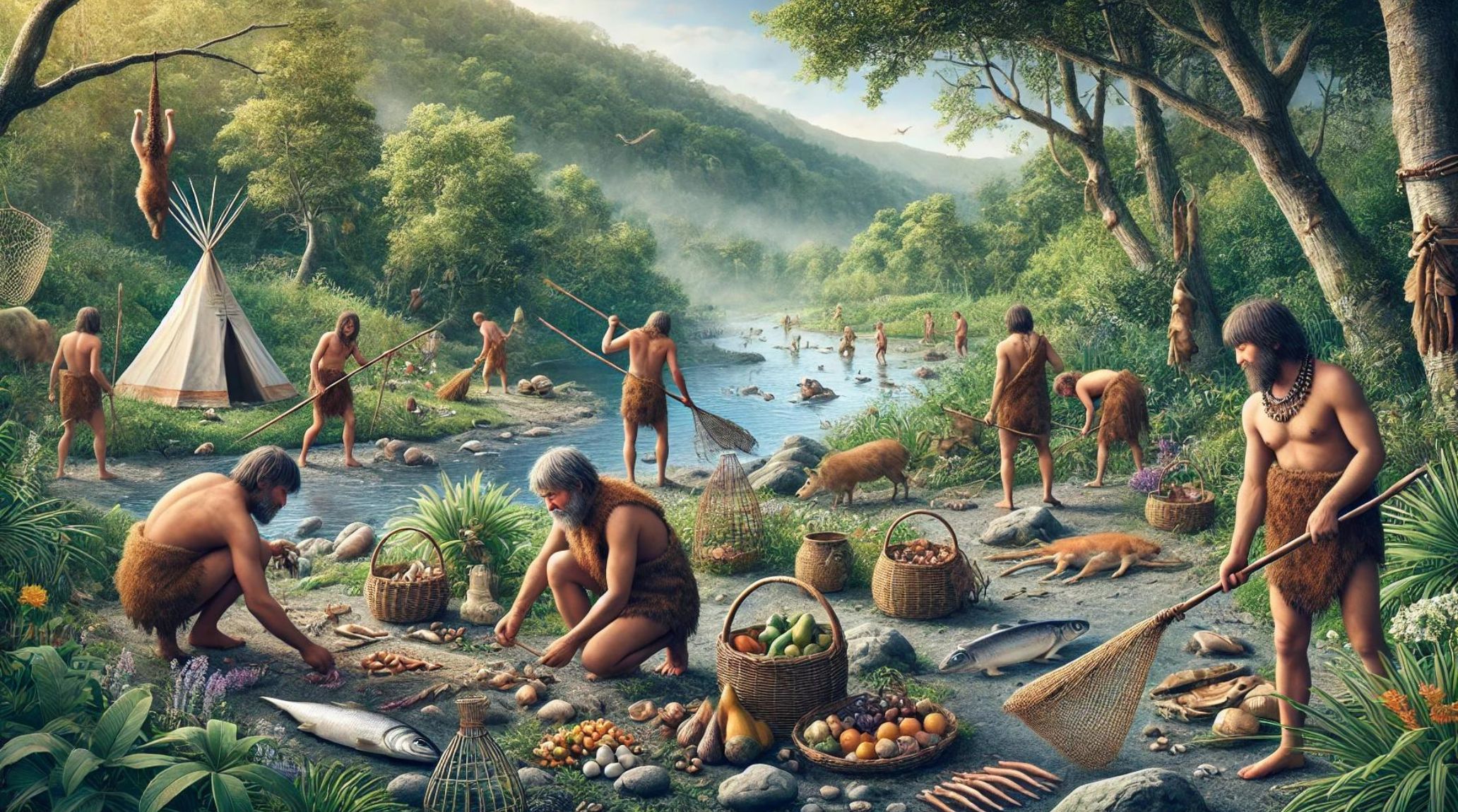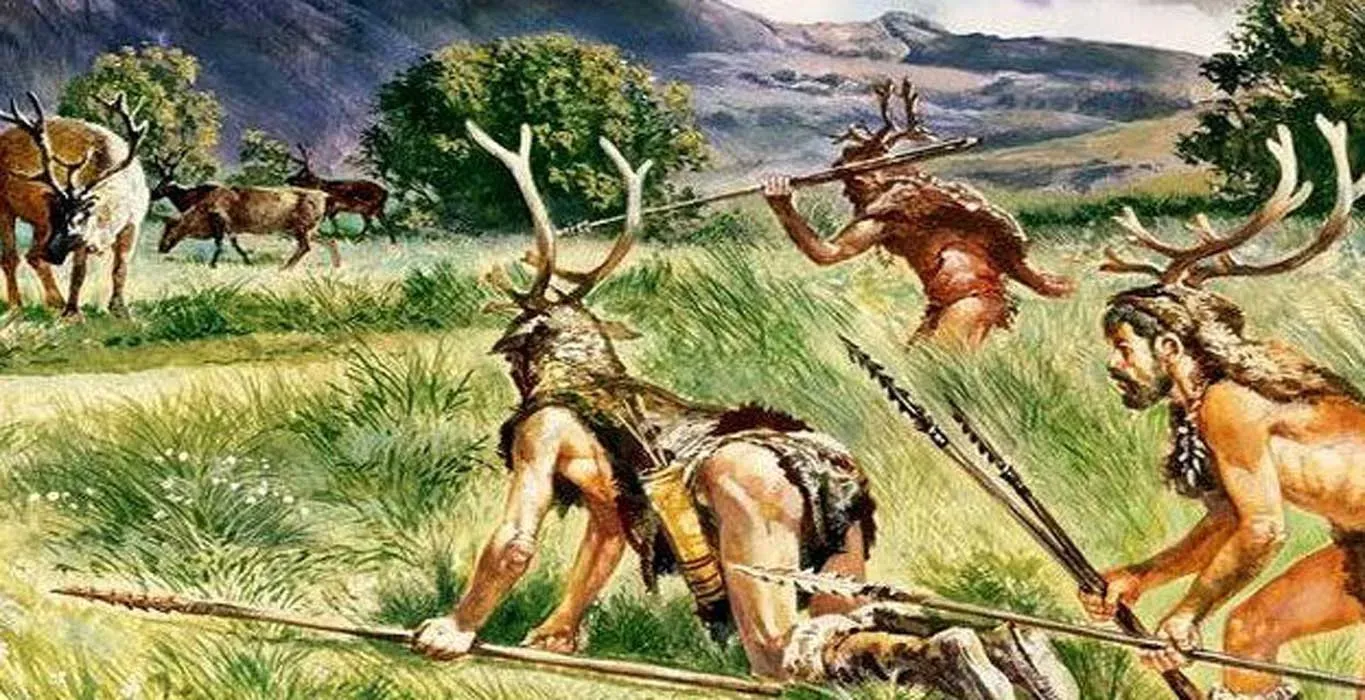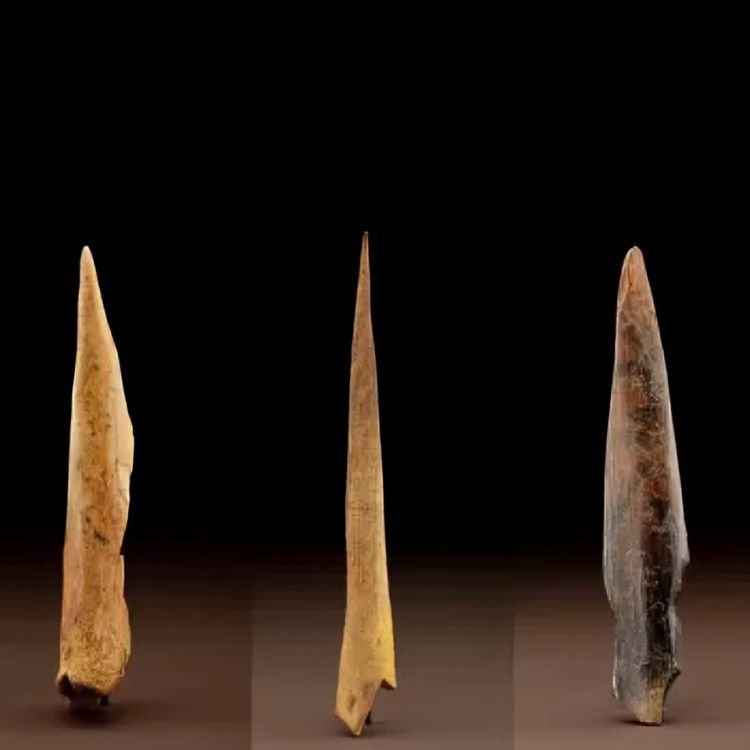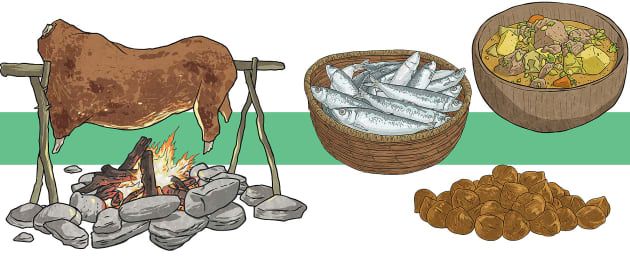
“
The Mesolithic Diet reflects a time of transition, bridging the gap between the Paleolithic and Neolithic eras. During this period, early humans adapted to changing climates and environments, incorporating a variety of wild plants, animals, and marine resources. In this article, we’ll explore 20 Fascinating Facts About the Mesolithic Diet, unique food sources and dietary practices of Mesolithic people.1
1
”

The Stone Age in Britain spanned from around 15,000 BC to 2,500 BC, with the Mesolithic period often referred to as the Middle Stone Age. During this time, humans lived as hunter-gatherers.
The Mesolithic diet represented a shift from the meat-heavy Paleolithic diet, incorporating more plant-based foods. Evidence from archaeological sites shows a greater consumption of wild plants, nuts, seeds, and fruits as climate.1
Mesolithic people relied on aquatic resources such as fish, mollusks, and shellfish, which could be gathered year-round. Sites in Northern Europe, such as Star Carr, reveal that fish and eels constituted a significant portion of their protein intake. 2
Foraging was critical, and the Mesolithic diet varied with the seasons. In the spring and summer, berries, nuts, and roots were abundant, while in colder months, they relied more on stored fish and dried meats. 3

Mesolithic people used microliths—small, sharp stone tools—for various tasks, including processing meat and plant foods. These tools, found at sites like Howick in the UK, were used to butcher animals and harvest grains.
Wild plants like acorns, hazelnuts, wild grains, and legumes were a significant part of the Mesolithic diet. At the site of Franchthi Cave in Greece, archaeologists found remains of lentils, pistachios, and almonds dating back to this era. 4
In colder regions, Mesolithic communities consumed seals, sea birds, and even whales. Excavations at coastal sites in Scotland, such as Oronsay, reveal seal bones and marine resources that provided necessary fats to survive harsh climates. 5
Coastal communities heavily relied on shellfish like oysters, mussels, and clams, as seen in the large shell middens at Ertebølle in Denmark. These seafood sources provided essential nutrients like omega-3 fatty acids and minerals.6
Technological advances in fishing tools, such as bone harpoons, fish traps, and nets, allowed Mesolithic people to exploit river and coastal environments efficiently. 7
Mesolithic hunters made full use of animal carcasses by cracking open bones to extract marrow, a rich source of fat and nutrients. Evidence from Star Carr in the UK shows how these people utilized even the smallest parts of animals for sustenance. 8
Hazelnuts were a staple in woodland areas, offering a high-calorie, nutrient-dense food. At the site of Staosnaig in Scotland, researchers found large quantities of charred hazelnut shells. 9
Wild grains such as barley and wheat were gathered and sometimes ground into flour. The presence of grinding stones at sites like Franchthi Cave suggests that Mesolithic communities were experimenting with early forms of grains. 10
Evidence shows that Mesolithic people developed rudimentary storage methods, such as drying fish and meat. Fish drying racks discovered at Star Carr indicate that communities preserved food to survive during leaner seasons. 11
Archaeological analysis of plant remains from Hohen Viecheln in Germany reveals that Foraged berries such as blackberries, raspberries, and elderberries were consumed during summer and autumn. 12

Mesolithic communities adapted their diets to local ecosystems, meaning coastal groups consumed more fish and marine resources, while inland groups focused on hunting and foraging.
Wild root vegetables, including wild carrots, onions, and turnips, were foraged and eaten. These tubers were important sources of carbohydrates and nutrients, as seen in remains from Mesolithic sites across Europe. 13
Mesolithic people practiced early cooking techniques, such as roasting meat over open fires or boiling foods with hot stones. Hearths discovered at Howick suggest that communal cooking played a vital role in social life and food preparation. 14
Mesolithic communities tailored their diets to their environments. Coastal groups focused on marine resources like fish and shellfish, while inland groups relied more on hunting land animals and foraging for plants. 15
The sharing of large game or fish catches often fostered social cohesion, creating communal bonds. Research from Danish shell midden sites reveals that group feasts were common, reflecting the importance of food sharing in Mesolithic societies. 16
Isotopic analysis of Mesolithic human remains reveals a mixed diet rich in both animal and plant foods. Bone isotopes from sites like Lepenski Vir along the Danube River show a significant reliance on riverine resources like fish. 17


